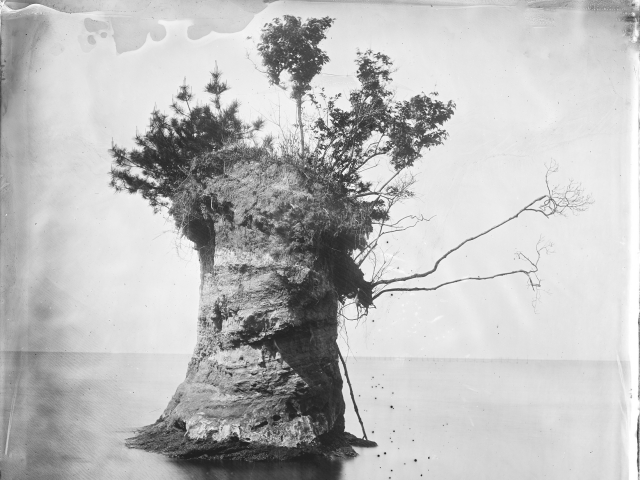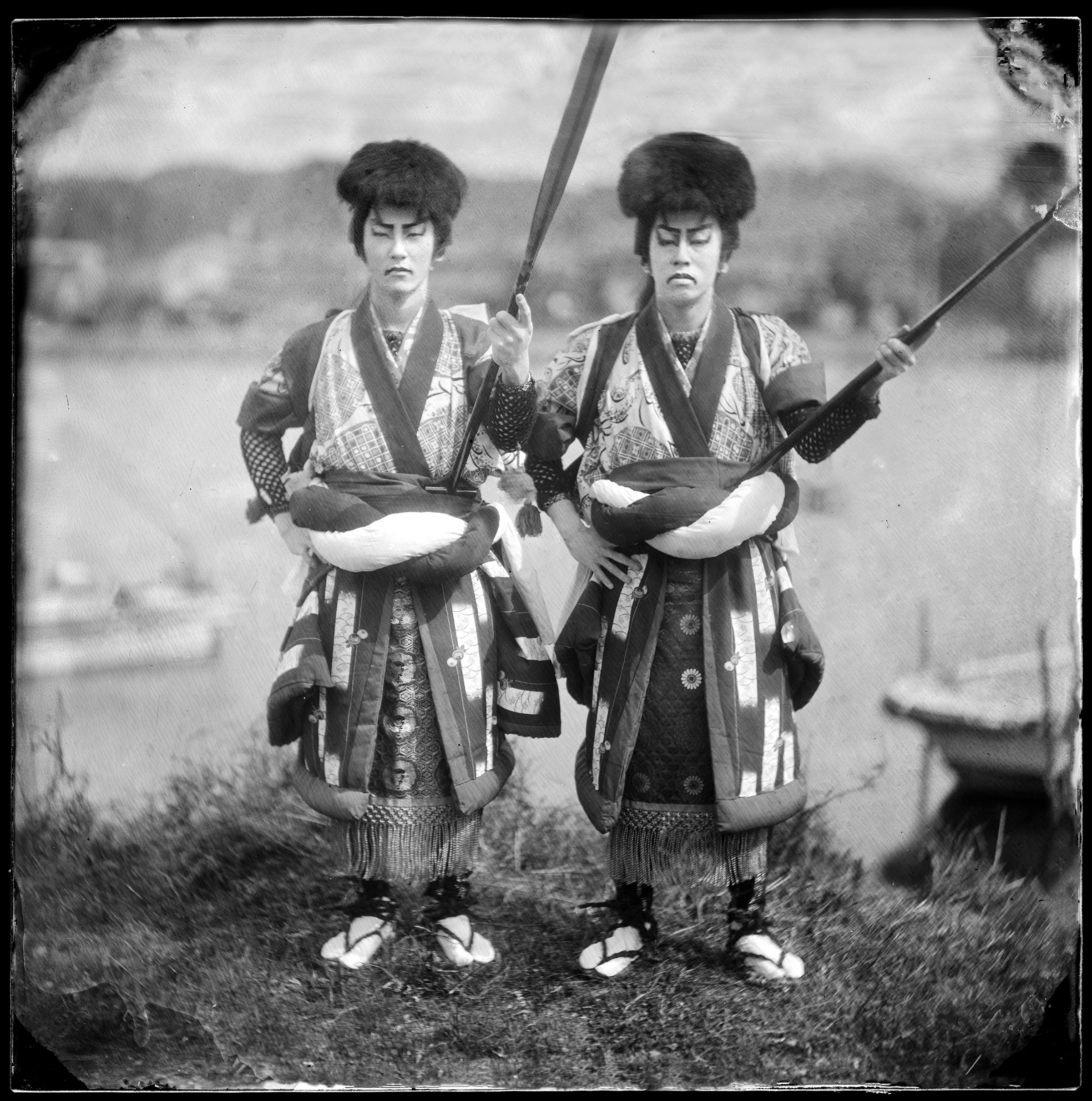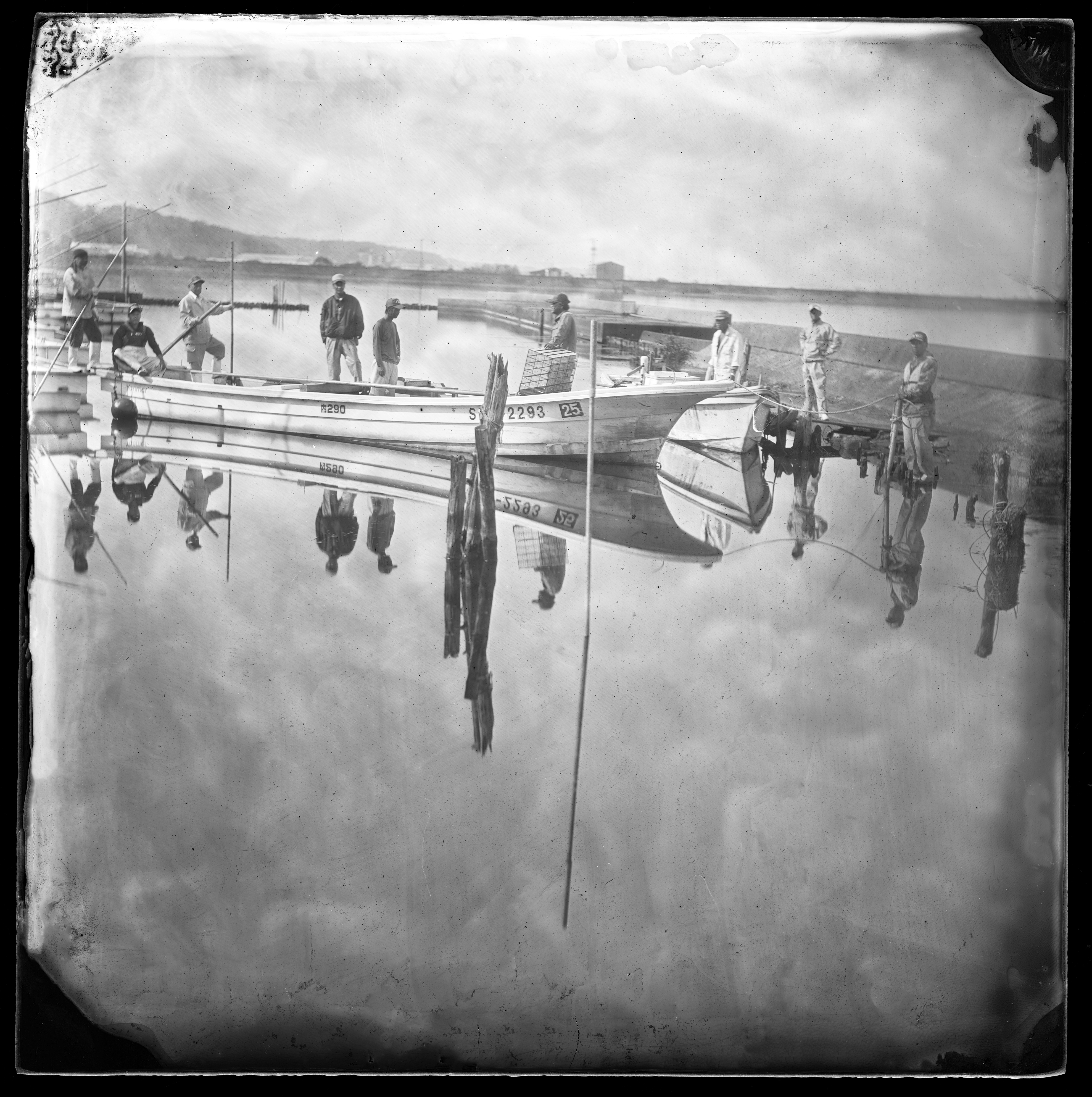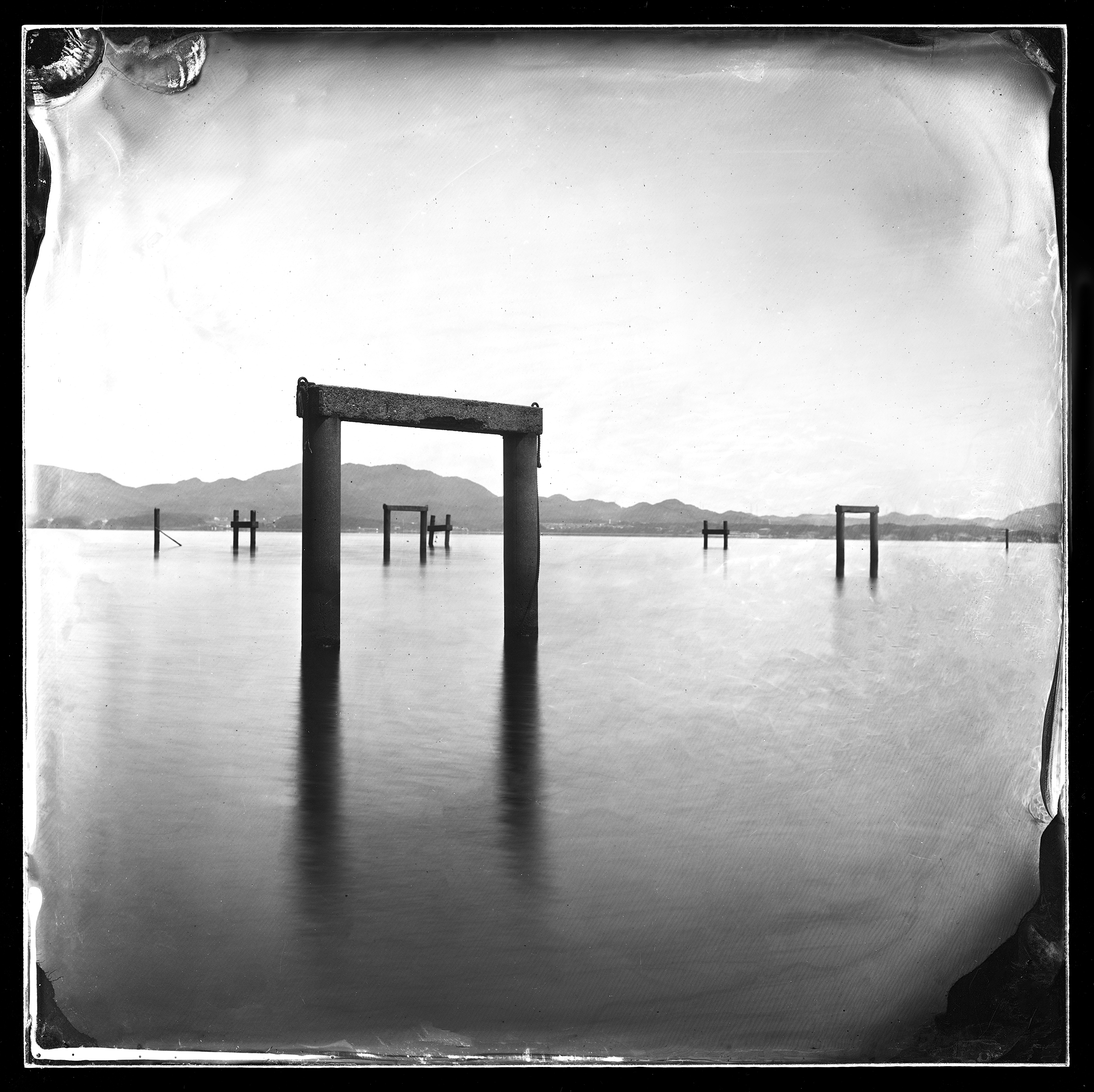Sister cities New Orleans and Matsue, Japan, both claim renowned 19th-century journalist and author Lafcadio Hearn as their own. This exhibition of contemporary photographs of Japan’s southwestern Izumo district, home to the city of Matsue, by artist Everett Kennedy Brown, explores the multifaceted relationship between these cities and their adopted son.
Lafcadio Hearn (1850–1904) was born in Greece, raised in Ireland, and educated in England. He traveled extensively throughout his adult life and is largely considered a citizen of the world. But he is most associated with two locales: New Orleans and Japan. Hearn spent nearly a decade (1877–87) in New Orleans as a journalist with the Daily City Item and the Times-Democrat, chronicling the city’s Creole culture. When he left New Orleans, he sojourned for two years in the French West Indies before settling in Japan, a country he wrote about extensively and called home until his death.
Everett Kennedy Brown, is an American who has lived in Japan for over three decades. Brown’s photographs of landscapes and architecture in Matsue and the surrounding region are infused with the quiet mystery that first drew Hearn to the area, one steeped in folkloric culture and mythology. The prints’ physical characteristics and connection to Hearn are enhanced by two 19th-century processes used to produce the images: wet collodion and collotype.
Seeking an Open Life: Photographs of Lafcadio Hearn’s Japan is presented in collaboration with the Hearn Society of Japan, the City of Matsue, the Open Mind of Lafcadio Hearn in the USA Project, and the Lafcadio Hearn Memorial Museum and in cooperation with the Japan Club of New Orleans and the Japan Society of New Orleans. Support was provided by the Embassy of Japan in the United States and Shimane Prefecture, Japan. Funding was provided by Toshiba International Foundation and the Japan World Exposition 1970 Commemorative Fund.









